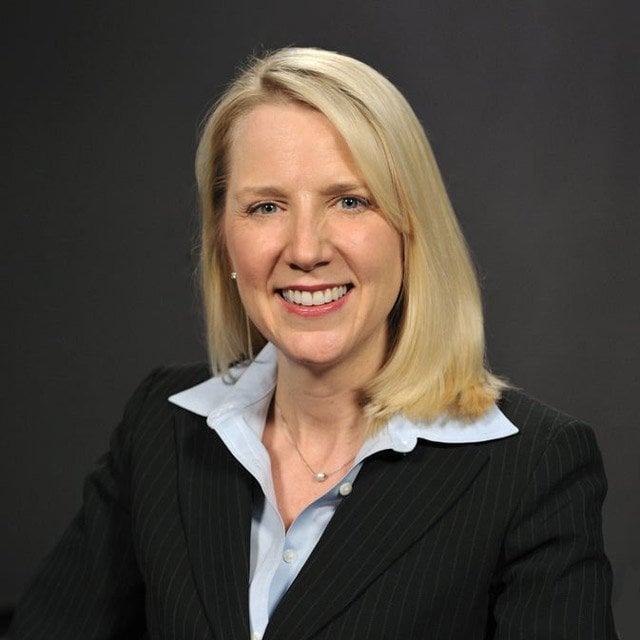Here's Some Good News About RMDs in 2023: Christine Benz

“The tax experts I’ve talked to differ a little bit on this point,” Benz said. “So, it had been this 50% penalty on any amount that you should have taken but didn’t take. That was, obviously, a catastrophic penalty, and now it’s going to a 25% penalty.”
A halving of this penalty will be a good thing for investors who find themselves running afoul of the rules and facing enforcement actions from the Internal Revenue Service. And, if they are able to prove that they didn’t miss the RMDs on purpose, a retiree can potentially get the penalty reduced to 10%.
“What I hear from people who focus on tax planning is that they think that the IRS may actually be a little bit more serious about actually levying this penalty on people who do miss their RMDs,” Benz warned. “So, as always, it’s a date that you don’t want to mess around with. You need to get that RMD out by Dec. 31 of the tax year.”
In the past, Benz said, when retirees faced the 50% penalty, very few people actually ended up paying it because it was fairly easy to prove that they weren’t trying to skirt the distribution.
“Now it sounds like the penalty will potentially be a little harder to get out of, if you inadvertently miss the RMD,” she warned.
RMD Silver Lining of Rocky Markets
As Benz explains, the bigger reason that many people might see lower RMDs for 2023 is that the U.S. market didn’t have such a great year in 2022.
“We had a pretty big drop in the stock market, both U.S. and non-U.S. stocks,” Benz recalls. “Bonds did not have a great year, either. So, many investors had declining balances at the end of 2022 versus where they were at in 2021. So, even though your RMDs nudge up a little bit as you age, many people, my guess is, would probably see lower RMDs as they’re calculating them in 2023, because they’re calculated on that year-end 2022 balance.”
Benz encourages investors and advisors to take advantage of this moment in other ways, too.
“Prune your highly appreciated securities,” she suggested. “Use those to address your need to take an RMD. Take a good look at your portfolio and how it’s situated in terms of your target asset allocation. Use your RMD to get your portfolio back into balance. It’s a little bit of a freebie from a tax standpoint.”






